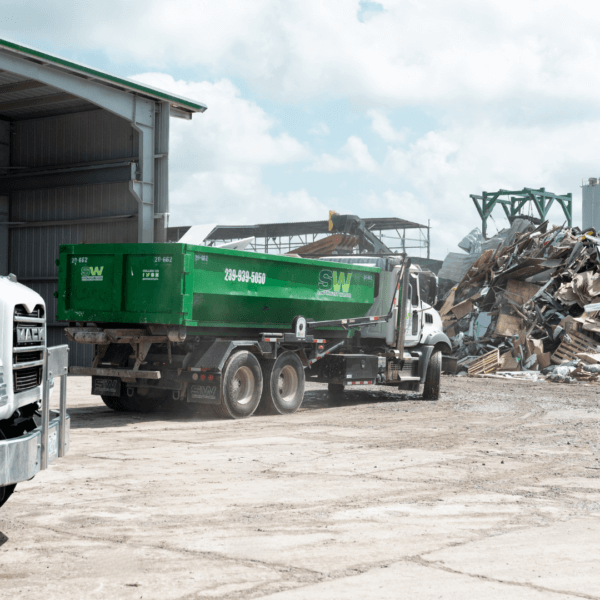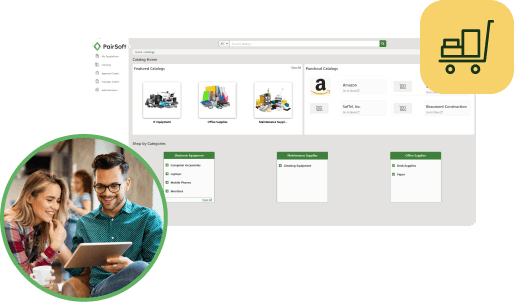Agribusinesses face many challenges and developing an effective and efficient procurement related to their vital production process and manufacturing equipment is high on the list. Businesses in the agriculture industry typically operate at very low margins and depend on high-volume, consistent operations to remain profitable. They are routinely required to combat growing daily operating costs while still delivering high quality and safe products to customers unwilling to accept higher prices. Traditional cost-cutting measures, such as minimizing the stocking of expensive parts and equipment, are risky since downtime due to repairs or equipment failure threatens to cost more money than is saved.
To understand how agriculture companies can leverage technology to improve procurement practices, we asked Michael Dee, an agriculture and food safety and reliability consultant who has worked with ag-giants such as Cargill, Ardent Mills and Bay State Milling, to share his thoughts on cultivating best procurement practices in the agriculture industry.
Why smart procurement matters to the agriculture industry
Many agriculture businesses, like grain processors, operate around the clock – often six or seven days a week. Equipment downtime becomes critical as margins are already slim and staff overtime eats into profits. At the same time, the cost of spare parts can be high and the lead times long, so companies must carefully balance the number and variety of spares they keep in stock. So, applying new technology like e-procurement and implementing smart procurement practices pay off — helping companies maintain the right mix of spare parts on hand to meet critical demand without overstocking. I see three phases in the overall procurement process of ag-businesses, and it’s valuable for companies to have a strategy for approaching all three.
Phase 1 — Asset Prioritization
The first phase is to perform an asset prioritization assessment, looking at each piece of equipment for factors such as age, condition, average maintenance costs, frequently used spare parts, costs and availability of those parts, and most importantly — importance of the equipment to the operation. Obviously, indispensable pieces of equipment with expensive parts that take a long time to procure are going to rank highest on the assessment. As part of this phase, companies will want to establish minimum and maximum stocking levels for parts and confirm vendor lead times. This is also the ideal time to negotiate vendor contracts. With an e-procurement system, we can set up guided buying catalogs, and incorporate Punchout capabilities so these are well established and ready to use. In addition, this allows us to focus on strategic decisions rather than administrative tasks.
Phase 2 — Consumption
The next phase would be the consumption phase where companies carefully consider how they track and account for equipment, spares, and service. If a company has an informal approach to the stocking and usage of spares, for example, they risk stocking out on a vital part and potentially shutting down operations while a replacement is ordered. Real-time inventory visibility and control is ideal, with employees scanning parts out of inventory as they are consumed to keep both the procurement system and the ERP software accurate and in-sync.
Phase 3 — Ordering and Receiving
The third phase is the ordering and receiving phase. This has to work fluidly across multiple departments to be successful. For many agriculture companies this is still a largely manual process — or it might involve multiple disconnected applications. For requisitions and ordering, there needs to be a formal, yet flexible approval process — one that can vary based on the type and cost of equipment, who’s ordering, what department it’s for, and the vendor it’s being ordered from. An e-procurement solution that is integrated with a company’s ERP system is ideal for this.
With a flexible approval process, lower-dollar items can be expedited through the system, saving time and gaining efficiency. Also, buying from approved vendors, using negotiated vendor contracts with agreed pricing and terms speeds and simplifies the procurement process so organizations are not wasting time negotiating new deals each time they need to place an order. A flexible and defined requisition approval system gives companies more visibility and control of the system, but it also allows the procurement team to get out of the way. These procurement processes are here to serve the customer and the business—not get in the way of business.
If the requisition system is integrated with the company’s accounting and inventory tracking software, then it’s possible to have the e-procurement software automatically generate requisitions using the established minimum/maximum values for an item. This provides a huge time and efficiency boost for companies and helps eliminate costly stock outs.
From the receiving side, the same level of integration and collaboration is necessary. If purchasing isn’t communicating with accounting, for example, accounting may pay invoices without first matching them to purchase orders and receiving documents making it difficult to reconcile stocks of purchased items, and even resulting in overpayments. Ultimately, implementing new technologies that promote collaboration across all stakeholders: Operations, Sales, Marketing Vendors and Supply Chain, and Risk Control, paves the way to achieve the overall strategy as well as drive innovation in areas of growth.
The Take Away
Thanks to Michael for sharing his insights with us. An e-procurement system that includes easy requisition creation, flexible spending authorization workflows, real-time inventory visibility can help companies in the agriculture sector save time and money while gaining operational efficiencies. Read how Minn-Dak Farmers Cooperative is doing that here.
PairSoft develops, sells, and supports advanced web-based and native mobile requisitioning, procurement, accounts payable, and expense solutions for mid-market organizations across a range of industries, worldwide. The user interface offers flexible Procure-To-Pay automation and robust expense reporting that is easy for employees, effective for management, and powerful for accounting.







